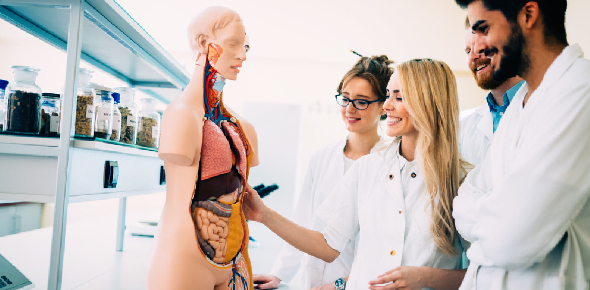Block 7 Anatomy Perineum Pelvis BRS W Exp Prt 2
- USMLE
- NBME
2.
You may optionally provide this to label your report, leaderboard, or certificate.
×
Thank you for your feedback!
















